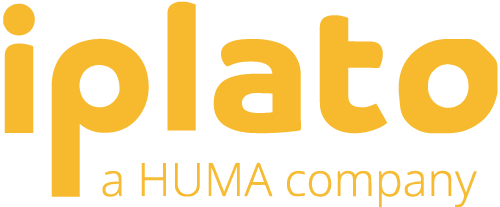Planning Appointments and Slot Types In Your Appointment Book
- Support Centre
- Planning Appointments and Slot Types In Your Appointment Book
When planning to use a total triage model, it important to organise your appointment book so that you can sign-post patients to the appropriate healthcare professional, communications medium, and appointment length.
Configure slot types
Some practices use slot types extensively, and some surgeries rely on session names whilst leaving the slot types themselves as a generic type such as “regular” or “default”. However, you will likely find the implementation of a total triage model will require a host of new slot types – and those all important slot type colours (if your clinical system supports them).
Slot types purpose is to make it super fast to search for types of available appointments and provide a structure that allow automated tools to do work for you, such as preGP and Remote Consultation from iPLATO.
We recommend that the use of slot types is going to be essential to working efficiently within a total triage model.
Consider slot types that will allow you to have patients seen by appropriate healthcare professionals at your surgery.
As patients often not need to attend the appointment in person, consider slot types that also cover the way in which the appointment will be held via:
- Video consultation
- Telephone consultation
- Face-to-face
It may be that your slot types look a little like this:
- Nurse Practitioner – Minor Ailment – Video Consultation
- Paramedic – Triage – Telephone Call Back
- Nurse – Cervical Screening – Face to Face
Consider appointment lengths
Whilst a total triage model does not necessarily limit you to the traditional structure of using an appointment book, it will be important to assign work using appointments, where a significant amount of time talking to a patient will be necessary.
However, you may find that remote types of appointments do not require as much time as a traditional GP appointment. Be open to shortening appointment lengths in certain sessions to encourage both a rapid turn-around of the query, but also to provide sufficient time for a patient to discuss their issue and have an outcome determined.
You may also find that remote appointments such as video and telephone call-backs / consultations lend themselves to the use of untimed appointments. Patients should be advised to be ready for a call around a certain time, but not be provided with a specific time of the call.
Please note: We cannot advise on the appropriate length of appointments for clinical purposes. We encourage you to consider this using your clinical judgement and any guidance you seek out as part of your clinical safety preparations.
Adapt your system
As this is the first time your surgery will have implemented a total triage model, you should make sure that in the first few weeks, you will be able to adapt your appointments numbers and types in line with demand and your patients demographics.
As much forecasting of demand should be done in advance of going live with this model, but you will also need to be mindful of over or under capacity issues that may become clear once you are working in this new way.
